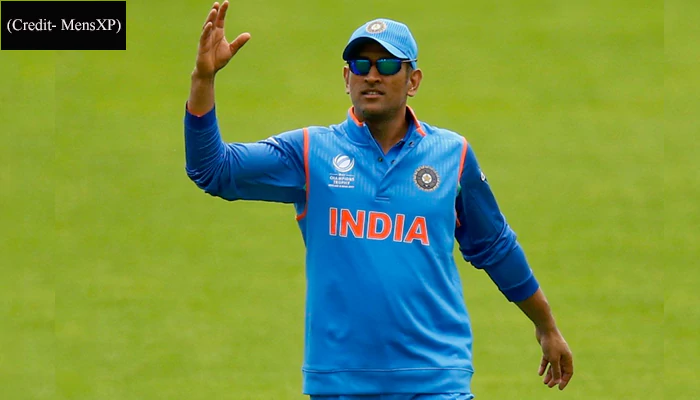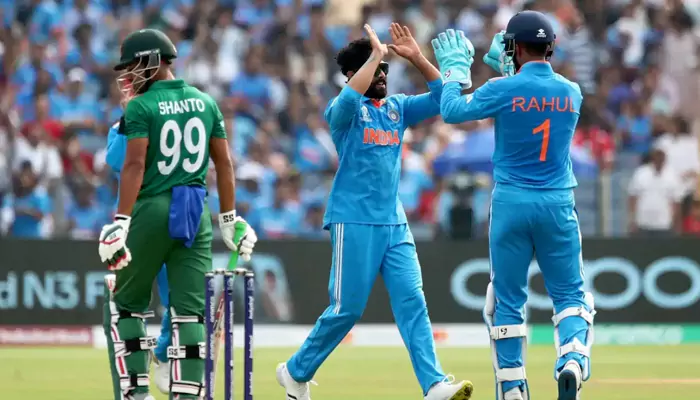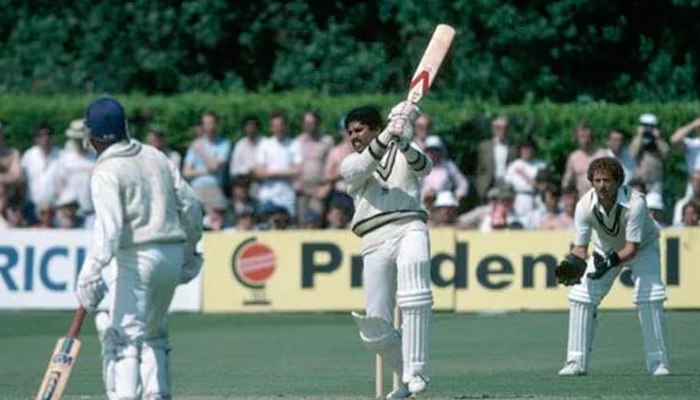
This article explores the evolution of these two games, highlighting their origins, popularity, and the reasons behind their enduring appeal.
Backyard sports have long been a staple of summer gatherings, family reunions, and casual get-togethers. These games offer a perfect blend of fun, competition, and social interaction, making them an ideal choice for outdoor entertainment. Among the plethora of backyard sports, Cornhole and Spikeball have emerged as favorites, each bringing its unique flavor to the backyard sports scene.
The Rise of Cornhole: A Classic Pastime Game
Origins and Early Popularity
Cornhole, also known as bean bag toss, has its roots in the Midwest United States, with origins tracing back to the 19th century. While the exact origins are debated, it is generally believed to have been inspired by similar games played by natives. The game involves tossing small bags filled with corn kernels or beans onto a raised board with a hole in it. Points are scored based on where the bag lands: on the board or through the hole.
Cornhole's simplicity and accessibility contributed to its early popularity. The game requires minimal equipment and can be played by people of all ages and skill levels. Its straightforward rules and low physical demand make it an ideal choice for casual gatherings, from backyard barbecues to tailgate parties.
The Cornhole Boom
In the early 2000s, Cornhole experienced a significant surge in popularity. This was largely due to its inclusion in tailgating culture, particularly at college football games. The game became a fixture at these events, where fans would compete and socialize before and after games. The rise of social media also played a role, with enthusiasts sharing their Cornhole setups and competitions online, further boosting the game's visibility.
Today, Cornhole is more than just a backyard pastime. It has evolved into a competitive sport with organized leagues, tournaments. This professionalization has elevated Cornhole from a casual game to a legitimate sport, complete with rankings, sponsorships, and televised events.
Spikeball: The New Kid on the Block

The Birth of a Modern Sport
Spikeball, a relatively new addition to the backyard sports lineup, was invented in 1989 by Jeff Knurek. The game lay dormant for several years until Chris Ruder revived it in 2008 by founding Spikeball Inc. The game is played with a small, round net placed at ankle level, with players taking turns spiking a small rubber ball onto the net so that it ricochets back towards their opponents. The objective is to prevent the opposing team from returning the ball.
Spikeball's unique gameplay, which combines elements of volleyball and four-square, quickly captured the attention of players looking for a fast-paced, dynamic sport. The game's compact, portable equipment also made it ideal for beach trips, park outings, and, of course, backyard play.
The Spikeball Surge
Spikeball's popularity skyrocketed in the 2010s, fueled by its inclusion in major television shows and sports networks. The game gained further traction when it appeared on the hit TV show "Shark Tank," where it secured investment and gained national exposure. Social media again played a crucial role, with viral videos showcasing the game's exciting rallies and athletic plays.
Spikeball's appeal lies in its intensity and athleticism. The game requires quick reflexes, agility, and teamwork, making it a favorite among younger, more active players. The sport has grown beyond casual play, with organized tournaments, collegiate clubs, and a professional circuit that hosts national and international tournaments, drawing top talent from around the world.
Comparing Cornhole and Spikeball: Tradition vs. Innovation
Accessibility and Demographics
Cornhole and Spikeball cater to different demographics and offer distinct experiences. Cornhole's accessibility and ease of play make it a universal favorite, especially among older generations and families. Its leisurely pace allows for socializing and relaxation, making it a staple at gatherings where the primary focus is on spending time together.
Spikeball, on the other hand, appeals to a younger, more active crowd. Its fast-paced nature and physical demands attract players seeking a more intense, competitive experience. The game's emphasis on athleticism and skill makes it a hit at college campuses and among fitness enthusiasts.
Cultural Impact
Both Cornhole and Spikeball have made significant cultural impacts in their own right. Cornhole represents the laid-back, communal spirit of summer gatherings. It has also fostered a sense of community among its players, with local leagues and tournaments providing opportunities for social interaction and friendly competition.
Spikeball, while newer, has carved out its niche as a modern, trendy sport. Its rise in popularity reflects broader cultural trends towards fitness, outdoor activities, and social media engagement. The game's competitive nature and high-energy gameplay have also contributed to its growing fanbase.
The Enduring Appeal of Backyard Sports
The evolution of backyard sports like Cornhole and Spikeball highlights the timeless appeal of outdoor games. These activities bring people together, fostering camaraderie, competition, and fun. Whether you're tossing bean bags with friends or diving for a Spikeball rally, backyard sports offer a perfect blend of tradition and innovation, ensuring their place in our hearts and homes for years to come.












